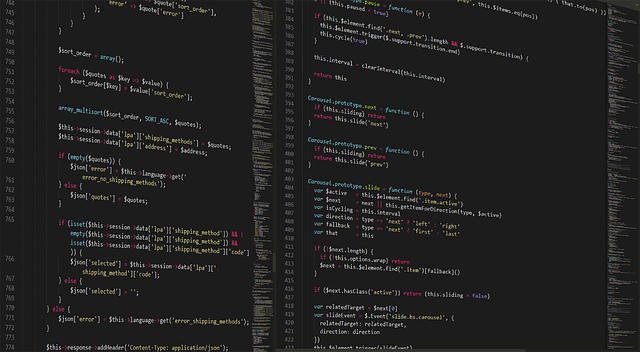In the rapidly evolving landscape of online education, the quest for effective knowledge building has never been more pertinent. With the rise of digital learning environments, educators and institutions are continuously seeking innovative methods to enhance the learning experience. One framework that has shown tremendous promise in this context is Scrum.
Originally designed for software development, Scrum is an agile framework that fosters collaboration, flexibility, and continuous improvement. These core principles align remarkably well with the needs of online education platforms, where traditional methods often fall short. By incorporating Scrum into online learning, educators can empower students to take charge of their knowledge-building journey.
At the heart of Scrum is the concept of teamwork. In an online education setting, this translates into collaborative projects and group activities that enable students to work together, share ideas, and build upon each other’s knowledge. Students are encouraged to engage in discussions, brainstorm solutions, and provide constructive feedback—essentials for a rich learning experience. This collaborative approach ensures that knowledge is not merely transmitted from instructor to learner but is actively constructed by the students themselves.
Furthermore, one of the key aspects of Scrum is its iterative process. In a traditional educational model, lessons are often delivered in a fixed, linear style, which can hinder students’ engagement and understanding. However, with Scrum, learning can be broken down into manageable sprints. Each sprint focuses on specific goals and outcomes, allowing students to absorb information, apply concepts, and reflect on their progress. This iterative cycle not only promotes deeper learning but also helps students develop critical thinking and problem-solving skills.
Online education platforms that adopt Scrum can also leverage the framework’s emphasis on regular feedback and adaptation. By incorporating stand-up meetings, retrospectives, and reviews, educators can continually assess student understanding and adjust the curriculum accordingly. This responsiveness ensures that the learning environment evolves to meet the diverse needs of students, fostering a sense of ownership over their educational path.
Moreover, Scrum encourages transparency within the learning process. With clearly defined roles such as Product Owner and Scrum Master, every participant understands their responsibilities and contributions to the group’s success. This clarity empowers students to take initiative, set personal goals, and strive for excellence, thus enhancing their individual and collective knowledge-building efforts.
As we continue to embrace the digital age of education, the integration of Scrum into online platforms becomes increasingly relevant. By cultivating an environment where teamwork, iterative learning, and adaptability thrive, we can empower learners to take control of their education. The result is not just a collection of facts or skills but a vibrant community of knowledge builders ready to tackle the complexities of the modern world.



